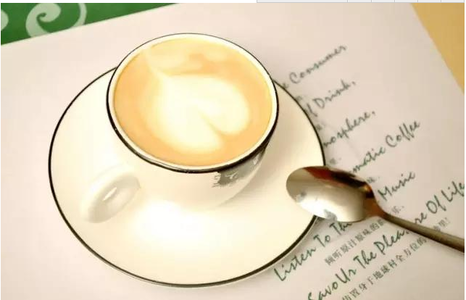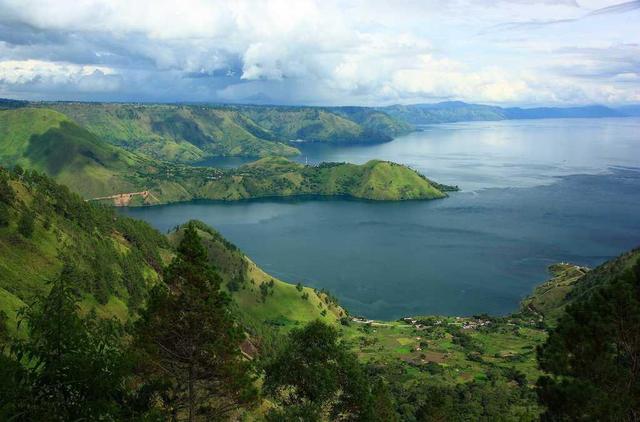Brazilian beans flavor characteristics of which varieties of coffee is better to drink
Which varieties of coffee with the flavor characteristics of Brazilian beans are better to drink?
In Brazil, the largest producer is Robbins coffee. This kind of coffee is sold in the supermarket. Brazil's Robucht coffee, sold under the name Conillon, accounts for 15 per cent of total production.
Coffee is specially roasted, which contains natural caffeine ingredients that can effectively decompose body fat and release fat in the blood. after drinking coffee for 30 to 40 minutes, the concentration of fatty acids in the blood will become higher, when the right amount of exercise can convert fatty acids into heat energy and burn fingers effectively. The coffee kingdom of Brazil, whose Brazilian coffee is famous all over the world.
The taste of Brazilian coffee has a low sour taste, with the sweet and bitter taste of coffee, the entrance is very smooth, but also with a hint of grass aroma, slightly bitter in the fragrance, smooth and smooth, with a pleasant aftertaste. There are no outstanding advantages for Brazilian coffee, but there are no obvious drawbacks. It has a mild and smooth taste, low acidity, moderate mellow and a touch of sweetness.
Brazil accounts for 30-50% of the world's output, while Colombia accounts for 10-20%. At present, the coffee production of Vietnam in Asia has exceeded that of Colombia. In addition, Indonesia has also developed into the fourth largest coffee producer in the world.
Brazilian coffee, but mostly flat beans Santos, in fact, all over Brazil still have good quality coffee beans, will be sold in their own name on the market, no longer generally known as "Brazilian coffee". Some farms still retain the old bourbon species, with small particles of raw beans, obvious bending, red silk on the central line and the nickname "red center". Bourbon beans taste full, strong aroma, like drinking old wine, it is well worth a try.
Brazilian coffee accounts for 30% to 35% of the world's annual output, ranking first in the world, but it is a pity that none of the Brazilian beans can be called cutting-edge coffee. There are coffee trees all over the mountains, distributed in the southern part of Brazil. Compared with other coffee-producing countries in Central and South America, Brazil is significantly lower, with farms mostly about 600-1000 meters above sea level, and even South Minas, Serrado and Mojiana, the three major boutique producing areas, rarely exceed 1300 meters. The terrain of Brazil is too flat and monotonous for coffee cultivation.
Coffee is now cultivated in new places inland, thanks to natural benefits. Panama became famous after the war as a new coffee producer in Brazil, and because its natural conditions are not superior, it is still inferior in quality compared with that produced in Sao Paulo. Now in the northern part of the state of Sao Paulo, Riberon, Bredo, and Franka, the interior of Mogianashi is the best producer of Brazilian coffee.

Important Notice :
前街咖啡 FrontStreet Coffee has moved to new addredd:
FrontStreet Coffee Address: 315,Donghua East Road,GuangZhou
Tel:020 38364473
- Prev

A brief introduction to the taste treatment of Indonesian coffee beans by describing the characteristics of brands and flavors
When do Indonesian coffee beans plant brand characteristics flavor description taste treatment method the growth of coffee trunk has a clear top advantage. The branches near the top of the trunk grow particularly vigorously. But this advantage weakens with the increase of the trunk. If the trunk is allowed to grow naturally, all kinds of coffee can continue to grow according to its growth power. The size of the small seed is 4 to 6 meters, the middle seed is 6 to 8 meters, and the large seed is fine.
- Next

Introduction to the flavor description of Mantenin Arabica or Robusta coffee beans
Introduction to the flavor description of Manning Arabica or Robusta coffee beans, it can be seen that the beans chosen for good coffee should be Arabica, but Arabica is too general. Arabica coffee will also be good and bad due to geographical location, growing environment, planting methods and other differences. "Elaraby
Related
- Guji coffee producing area of Guji, Ethiopia: Humbela, Shakiso, Wulaga
- What is the most expensive variety of Qiloso in BOP multi-variety group?
- How to store the coffee beans bought home?
- Why are Yemeni coffee beans so rare now?
- Ethiopian Sidamo all Red Fruit Sun Sun Santa Vini Coffee beans
- SOE is mostly sour? What does it mean? Is it a single bean? what's the difference between it and Italian blending?
- Is Italian coffee beans suitable for making hand-brewed coffee?
- How to choose coffee beans when making cold coffee? What kind of coffee beans are suitable for making cold coffee?
- Just entered the pit to make coffee, what kind of coffee beans should be chosen?
- Can only Japan buy real Blue Mountain Coffee? What are authentic Jamaican Blue Mountain coffee beans?

